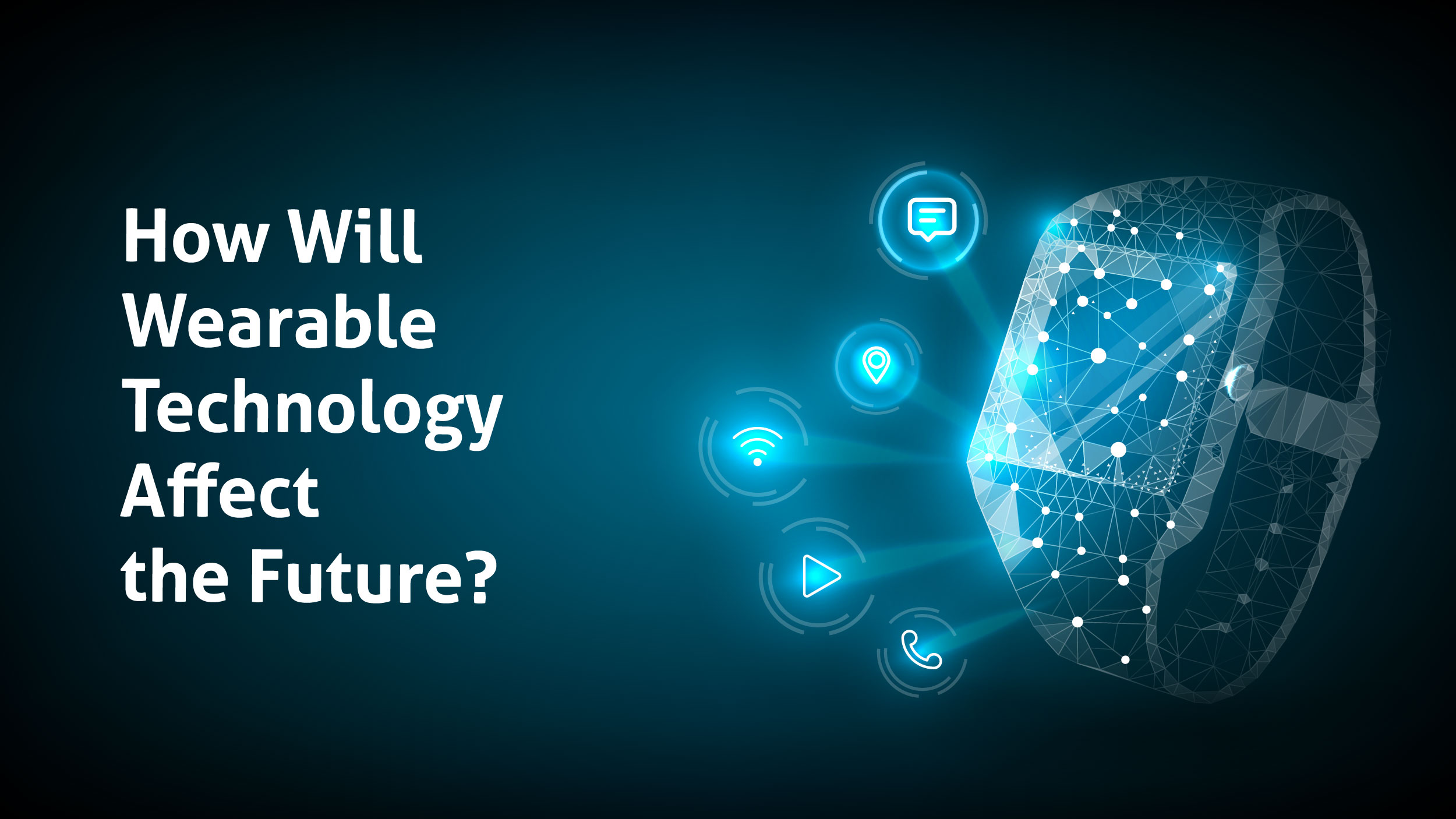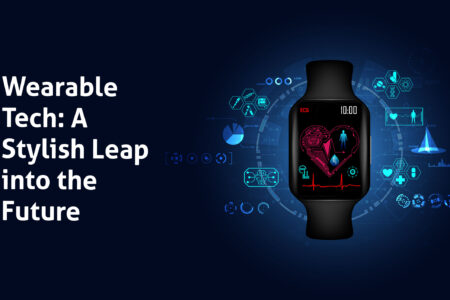Technology is moving us at an insanely fast pace and we are loving it regardless of if we intend to do so. Picture this, ten years back if someone told you that your watch can track your heartbeat, you would have laughed, right? But, the reality now is far superior.
Everyone wants to own a pair of cool wearable tech that makes our lives easier. You’ve likely either acquired a smart wearable device or explored the concept online at some point. They have a sense of “coolness” about them and we can’t deny it. Not only customers, but even brands also want to be at the forefront of this mammoth industry. Let’s understand how these cool devices are revolutionizing our lives.
What is Wearable Tech?
Wearable technology refers to any electronic equipment that is intended to be worn on the user’s body. These gadgets can come in a variety of shapes and sizes, including jewelry, accessories, medical equipment, and clothing or clothing-related items.
Wearable devices have advanced in a variety of previously unimaginable directions. From the earliest wrist-sized calculators to the first-ever Bluetooth headsets, the device landscape has advanced significantly.
The way we receive, use, and exchange data is expected to alter because of wearable smart gadgets like the Fitbit, Apple Watch, Motiv Ring, Google Glass, and Oculus Rift. As a result of the wearable revolution, long-standing norms around how we use data in our daily lives and interpersonal interactions are changing. It’s a lot more personal.
What is Wearable Tech Used For?

- Healthcare: The technology is being used to track medicine, monitor vital signs, and diagnose and treat diseases early. These include, among others, fitness tracker bands, glucose monitors for diabetic people, and smartwatches that can measure heart rate, blood pressure, and sleep patterns.
- Sports and fitness: Wearables are used to track performance, monitor physical activity, and inspire sports and fitness activities. Personal fitness trackers, smart clothing, GPS watches, and other sensors that gather information on activity, movement, and performance indicators are some examples of these.
- Entertainment: Virtual and augmented reality headsets are some of the most widely used wearable technology in the entertainment industry. These gadgets offer an immersive gaming, educational, and entertainment experience
- Work: Wearable devices can improve workplace safety and productivity. Smart glasses can offer helpful technology for the eyes, while sensors in clothes can shield employees from dangerous chemical exposure.
In general, they are employed in a variety of ways to enhance people’s quality of life. Now that we’ve looked at the current uses of the tech, let’s focus on what lies ahead for wearables.
How Will Wearable Technology Affect the Future?

The ability to sync data between wearables and mobile phones, as well as interconnectivity across devices, is key to the future of smart wearables. Another broad topic is energy harvesting, which deals with turning body heat, motion, or solar energy into electrical power. Epeas and other inventive companies are developing ambient energy harvesting, processing, and sensing technologies to create wireless gadgets that do not require active charging. Facebook is also developing non-invasive sensors that will let you type without using your hands but instead by using your brain activity.
Haptic technology, which can generate an experience by using forces, vibrations, or motions to manipulate virtual things, is another ground-breaking discovery. While interacting with computers, engineers are working to recreate authentic touch sensations.
The three basic categories of haptic devices are graspable, wearable, and touchable. Professionals like doctors and engineers employ graspable devices to operate remotely or to repair spacecraft from Earth. Vibration is another method of communication for haptic wearables. This can be incorporated into clothing to provide guidance and aid in walking, hearing, and seeing in the virtual environment. Smartphone screens have touch-sensitive interfaces that let users experience different textures from a distance. This holds particular promise for virtual travel and online purchasing.
Wearable Technology: A Boon or Bane?
Wearable tech is becoming increasingly popular, with devices like fitness trackers, smartwatches, and smart glasses becoming more affordable and accessible. But are there any potential benefits or drawbacks of this technology?
On the one hand, the technology can have several positive impacts on society. For example, fitness trackers can help people track their activity levels and make healthier choices. Smartwatches can be used to make calls, send messages, and access information without having to take out your phone. On the other hand, smart glasses display information in your field of vision, such as directions or translations.
Notably, wearable technology can also be used to improve safety. For example, some fitness trackers have built-in fall detection features that can call for help if the wearer falls. Smartwatches with heart rate monitors can be used to track heart rhythms, which can alert the wearer to any serious medical conditions.
Additionally, there are some potential drawbacks to using wearable technology. For example, some people worry that it can be used to track our movements and collect data about us without our knowledge or consent. Others worry that it might be addictive or distracting and that it can lead to social isolation.
Ultimately, the decision of whether or not to use wearable tech is a personal one. There are both potential benefits and disadvantages to consider, and it is important to weigh these carefully before making a decision.
Nonetheless, the advancement of technology is inevitable.
Blurring the Line Between Fashion and Innovation
Wearable technology continues to slay trends with innovative products. It hits every buzzword like best wearable tech, cool wearable tech, wearable tech for women, men, and even among children. It holds great promise for helping to predict clinical outcomes, establish sleep and circadian biomarkers, and shield employees from hazardous substance exposure. However, there are still issues that must be resolved, such as accuracy and privacy concerns. Nevertheless, with future innovations and improvements, wearable technology appears to have a bright future.

